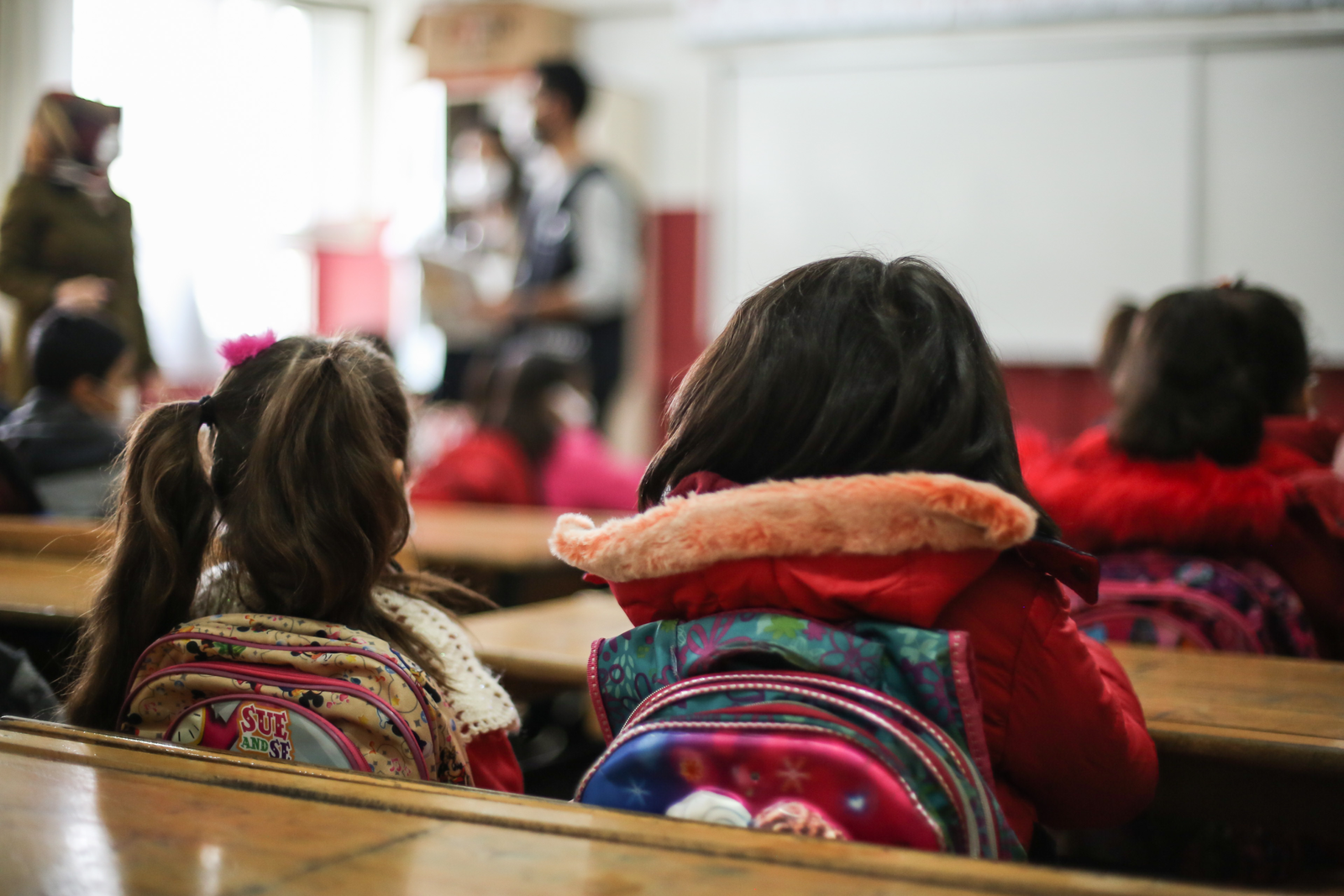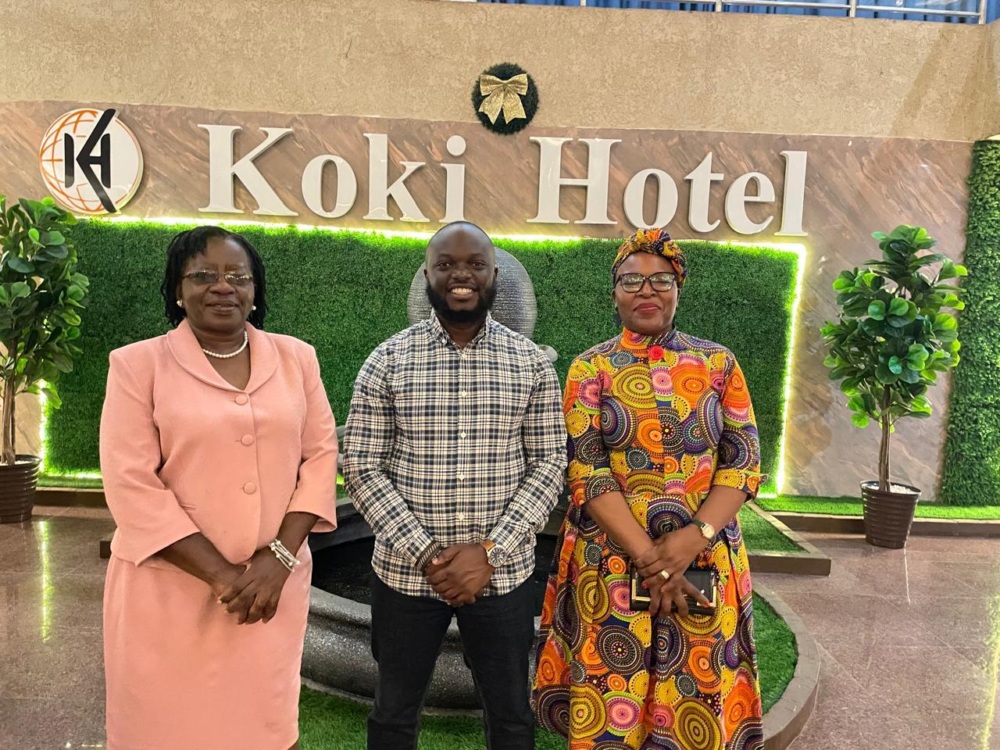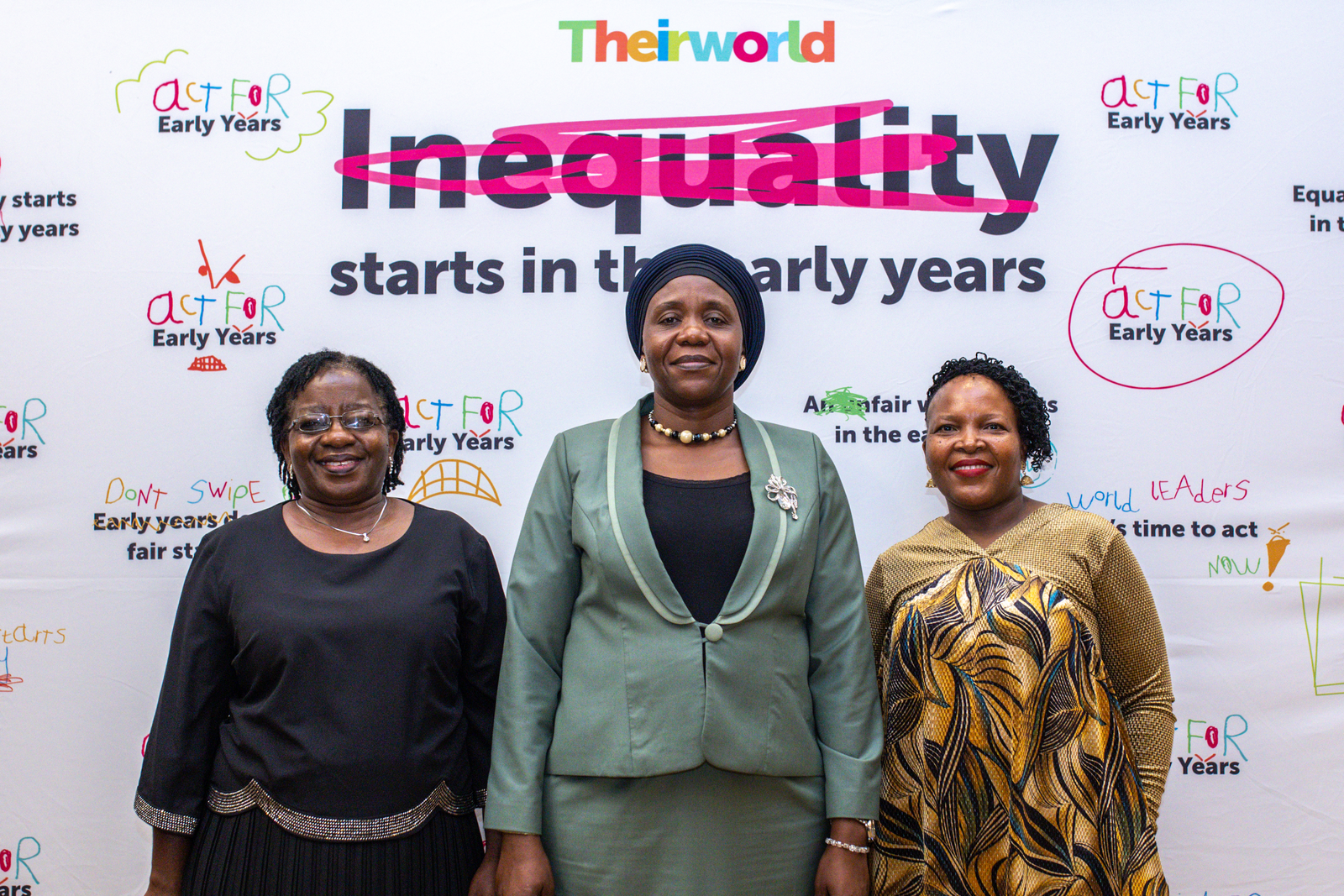
“The plight of the girl child in India remains a matter of utmost concern”
Barriers to education, Child labour, Child marriage, Girls' education, Global Youth Ambassadors, Right to education
On International Day of the Girl Child, one of our Global Youth Ambassadors reflects on entrenched beliefs that hinder the progress of females.
As India emerges on the global forefront as the next “world power”, it silently crumbles in the face of gender inequality – a social manacle that has restrained this mighty elephant from realising its full potential.
Since time immemorial, daughters of India have been denied their rightful place by a patriarchal society, entrenched in the archaic belief that women are a liability to the community.
From female foeticide and infanticide to illiteracy and child marriage, the plight of the girl child in India remains a matter of utmost concern to social scientists and policymakers.
Political activist Gloria Steinem once noted: “Female foeticide is the deadliest form of genocide because someone is not only denied the right to live but the right to be born.”
According to the Times of India 2011 census, child sex ratios are grossly skewed in the north-western states of India, with 118 boys to every 100 girls, about 10% higher than the natural child sex ratio.
In rural areas, female newborns fall prey to infanticide, wherein they either suffocated at birth behind closed doors or discreetly drowned in nearby wells.
While many demographers claim that there is a correlation between gender-based crimes and socio-economic conditions of households, conservative estimates show metropolitan cities to have a more imbalanced birth sex ratio than rural India.
In truth, the causes of female foeticide and infanticide transcend class barriers and economic disparities – their root cause remains the much-abused dowry tradition.

In the Vedic period (1500-500 BC), India embodied a matriarchal system which gave chief prominence and prerogatives to women.
And so went the saying “Yatra Naryastu Pujyante, Ramante Tatra Devta” – which translates to “where women are worshipped, God resides”.
Yet, centuries later, Indian women have been appropriated into victims of an androcentric society which thrives off the paradox of fanatically worshipping its goddesses while simultaneously mistreating its daughters.
Goddess Saraswati is revered as the goddess of knowledge, yet 90 million girls are illiterate in India. Goddess Durga is celebrated for her courage and slaying of demons, yet women are hushed if they dare speak up against their offenders and deemed impure in the aftermath of sexual assault or rape.
A study by UNESCO in 2013 revealed that only one in three girls finish primary school in India. Most girls are forced to drop out of school as their education is curtailed by early marital responsibilities.
Moreover, according to the 2009 Registrar General of India report, more than 13% of the female population in the states of Jharkhand, Bihar and West Bengal was found to be married before the age of 18.
Through better literacy and enhancement of the education system, India can curb these issues.
Government and private educational institutions should join hands in this initiative to create a gender-inclusive educational environment which sensitises children to individual human rights, gives equitable opportunities to all sexes and reaches out to conservative communities to encourage them to send their daughters to school.
On the International Day of the Girl Child, and every other day, it is important for us to recognise that men and women are the two wheels of our social carriage.
It is only when both wheels roll harmoniously that a nation can realise its full potential. After all, as the African proverb goes, “Educate a boy and you educate an individual. Educate a girl and you educate an entire community.”
More news

African youth rise up to demand early years spending target is met
